Yupeng Ren
SAMST: A Transformer framework based on SAM pseudo label filtering for remote sensing semi-supervised semantic segmentation
Jul 16, 2025Abstract:Public remote sensing datasets often face limitations in universality due to resolution variability and inconsistent land cover category definitions. To harness the vast pool of unlabeled remote sensing data, we propose SAMST, a semi-supervised semantic segmentation method. SAMST leverages the strengths of the Segment Anything Model (SAM) in zero-shot generalization and boundary detection. SAMST iteratively refines pseudo-labels through two main components: supervised model self-training using both labeled and pseudo-labeled data, and a SAM-based Pseudo-label Refiner. The Pseudo-label Refiner comprises three modules: a Threshold Filter Module for preprocessing, a Prompt Generation Module for extracting connected regions and generating prompts for SAM, and a Label Refinement Module for final label stitching. By integrating the generalization power of large models with the training efficiency of small models, SAMST improves pseudo-label accuracy, thereby enhancing overall model performance. Experiments on the Potsdam dataset validate the effectiveness and feasibility of SAMST, demonstrating its potential to address the challenges posed by limited labeled data in remote sensing semantic segmentation.
F2A: An Innovative Approach for Prompt Injection by Utilizing Feign Security Detection Agents
Oct 11, 2024



Abstract:With the rapid development of Large Language Models (LLMs), numerous mature applications of LLMs have emerged in the field of content safety detection. However, we have found that LLMs exhibit blind trust in safety detection agents. The general LLMs can be compromised by hackers with this vulnerability. Hence, this paper proposed an attack named Feign Agent Attack (F2A).Through such malicious forgery methods, adding fake safety detection results into the prompt, the defense mechanism of LLMs can be bypassed, thereby obtaining harmful content and hijacking the normal conversation.Continually, a series of experiments were conducted. In these experiments, the hijacking capability of F2A on LLMs was analyzed and demonstrated, exploring the fundamental reasons why LLMs blindly trust safety detection results. The experiments involved various scenarios where fake safety detection results were injected into prompts, and the responses were closely monitored to understand the extent of the vulnerability. Also, this paper provided a reasonable solution to this attack, emphasizing that it is important for LLMs to critically evaluate the results of augmented agents to prevent the generating harmful content. By doing so, the reliability and security can be significantly improved, protecting the LLMs from F2A.
MASNet:Improve Performance of Siamese Networks with Mutual-attention for Remote Sensing Change Detection Tasks
Jun 06, 2022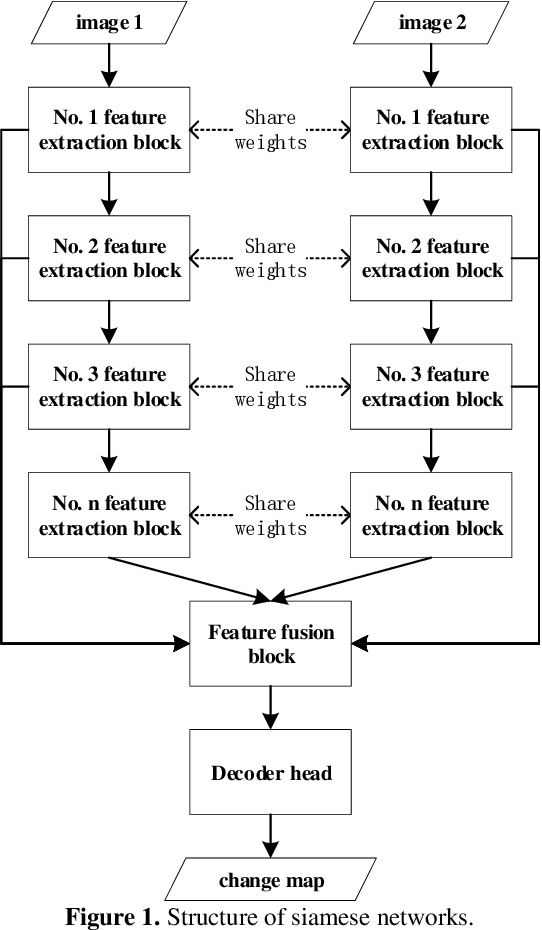
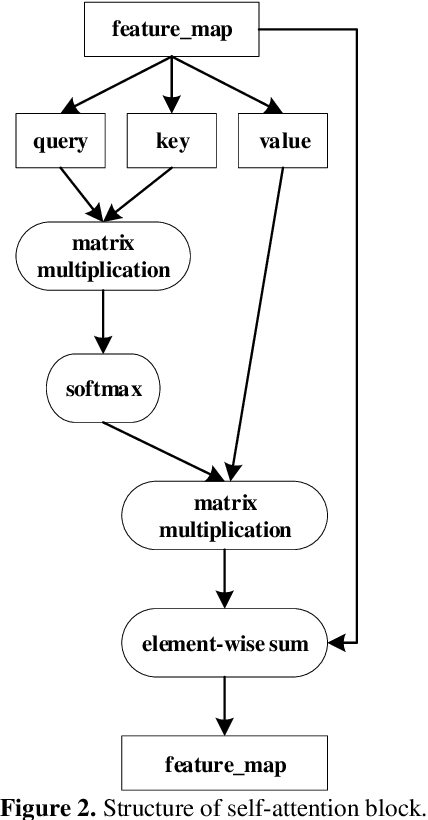
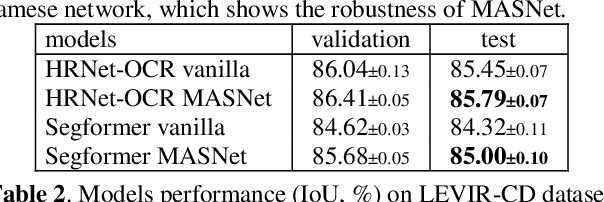
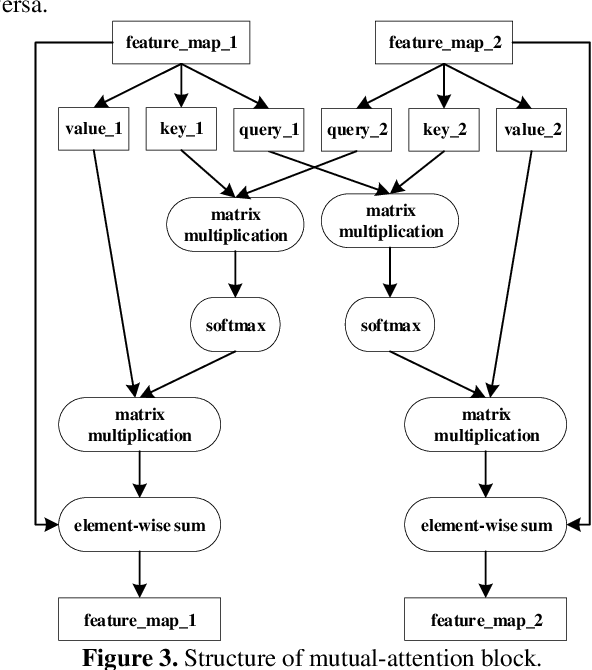
Abstract:Siamese networks are widely used for remote sensing change detection tasks. A vanilla siamese network has two identical feature extraction branches which share weights, these two branches work independently and the feature maps are not fused until about to be sent to a decoder head. However we find that it is critical to exchange information between two feature extraction branches at early stage for change detection task. In this work we present Mutual-Attention Siamese Network (MASNet), a general siamese network with mutual-attention plug-in, so to exchange information between the two feature extraction branches. We show that our modification improve the performance of siamese networks on multi change detection datasets, and it works for both convolutional neural network and visual transformer.
A region-growing approach for automatic outcrop fracture extraction from a three-dimensional point cloud
Jun 27, 2017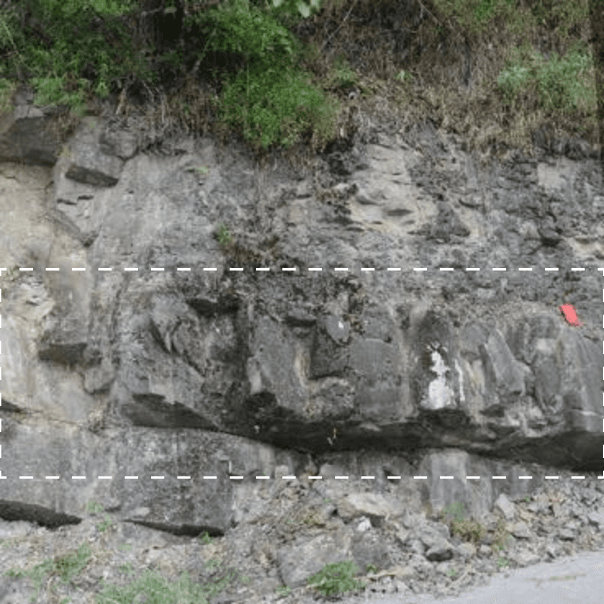
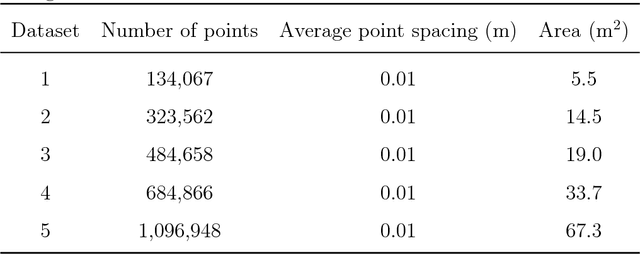

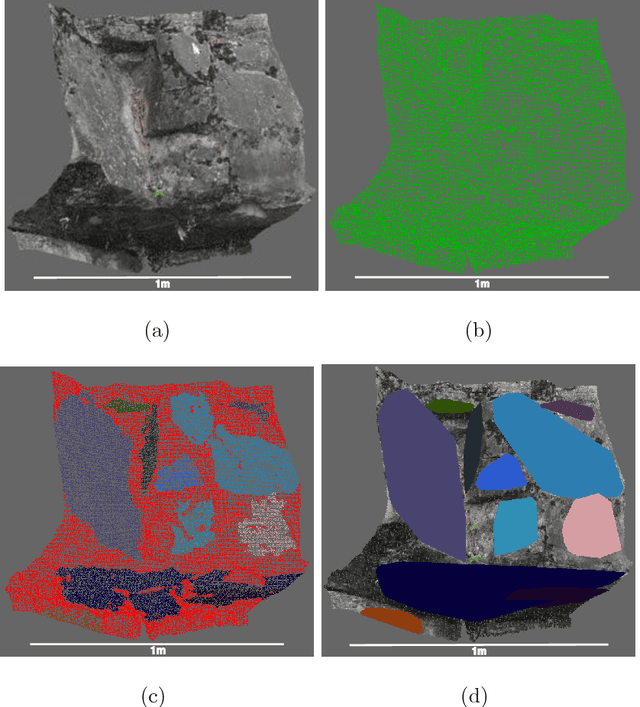
Abstract:Conventional manual surveys of rock mass fractures usually require large amounts of time and labor; yet, they provide a relatively small set of data that cannot be considered representative of the study region. Terrestrial laser scanners are increasingly used for fracture surveys because they can efficiently acquire large area, high-resolution, three-dimensional (3D) point clouds from outcrops. However, extracting fractures and other planar surfaces from 3D outcrop point clouds is still a challenging task. No method has been reported that can be used to automatically extract the full extent of every individual fracture from a 3D outcrop point cloud. In this study, we propose a method using a region-growing approach to address this problem; the method also estimates the orientation of each fracture. In this method, criteria based on the local surface normal and curvature of the point cloud are used to initiate and control the growth of the fracture region. In tests using outcrop point cloud data, the proposed method identified and extracted the full extent of individual fractures with high accuracy. Compared with manually acquired field survey data, our method obtained better-quality fracture data, thereby demonstrating the high potential utility of the proposed method.
* 25 pages, 7 figures
 Add to Chrome
Add to Chrome Add to Firefox
Add to Firefox Add to Edge
Add to Edge